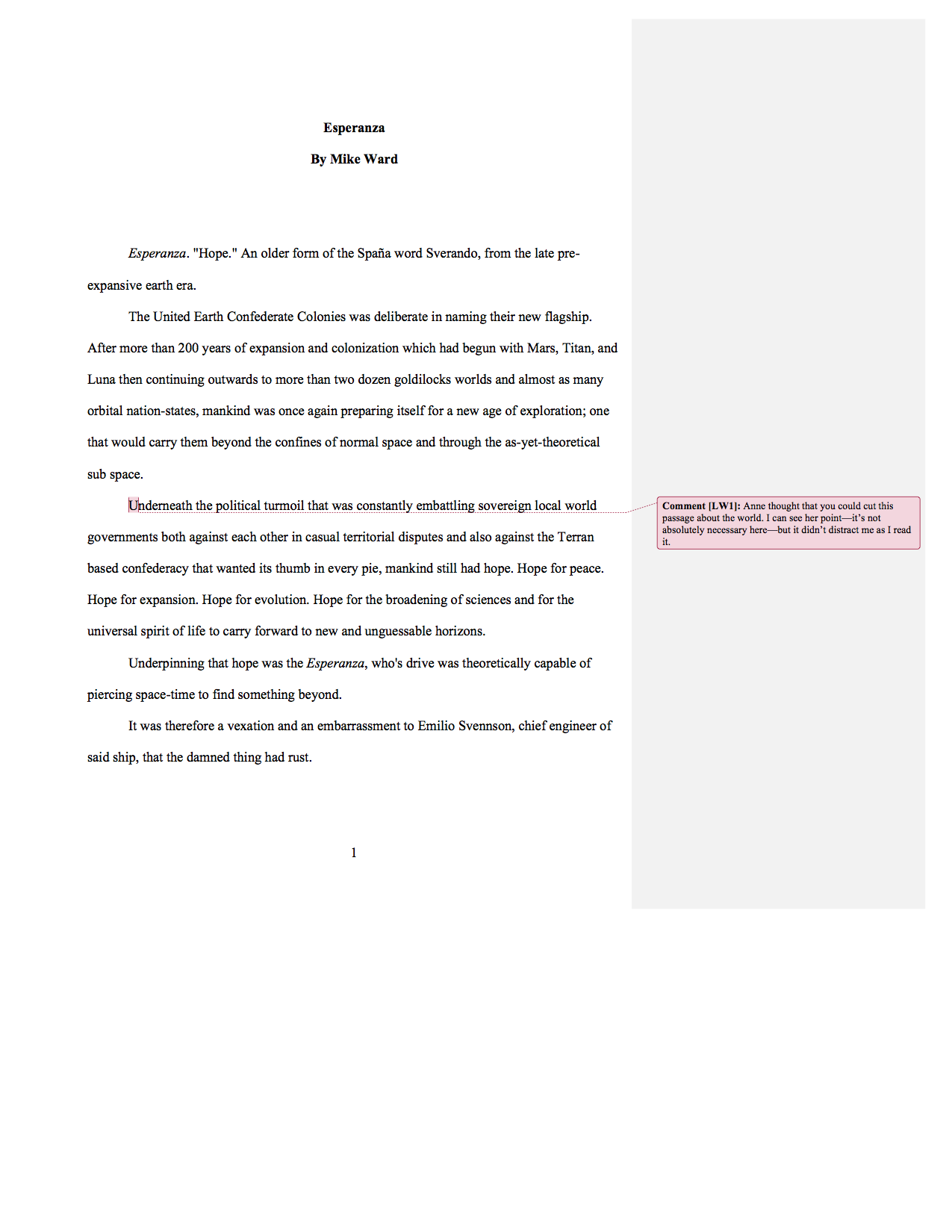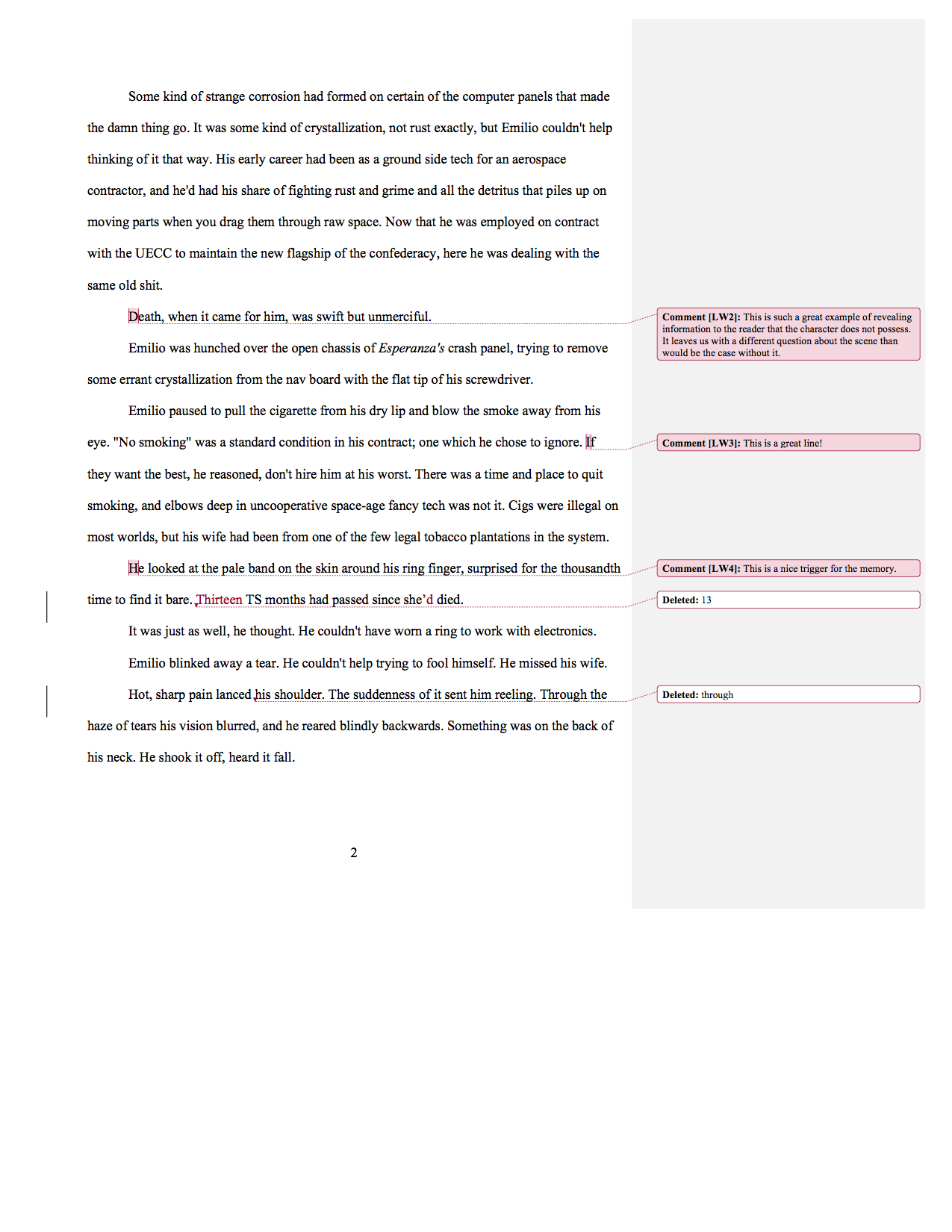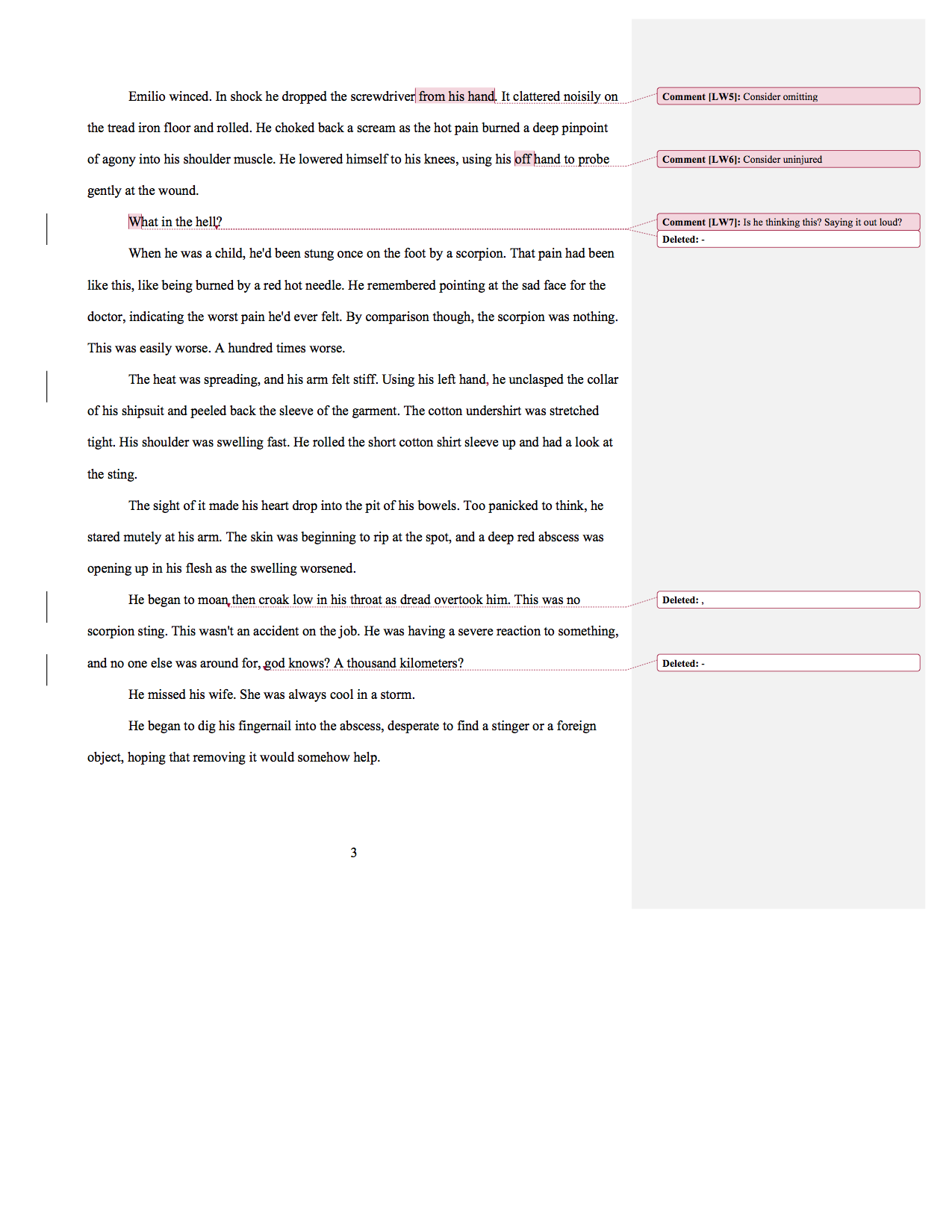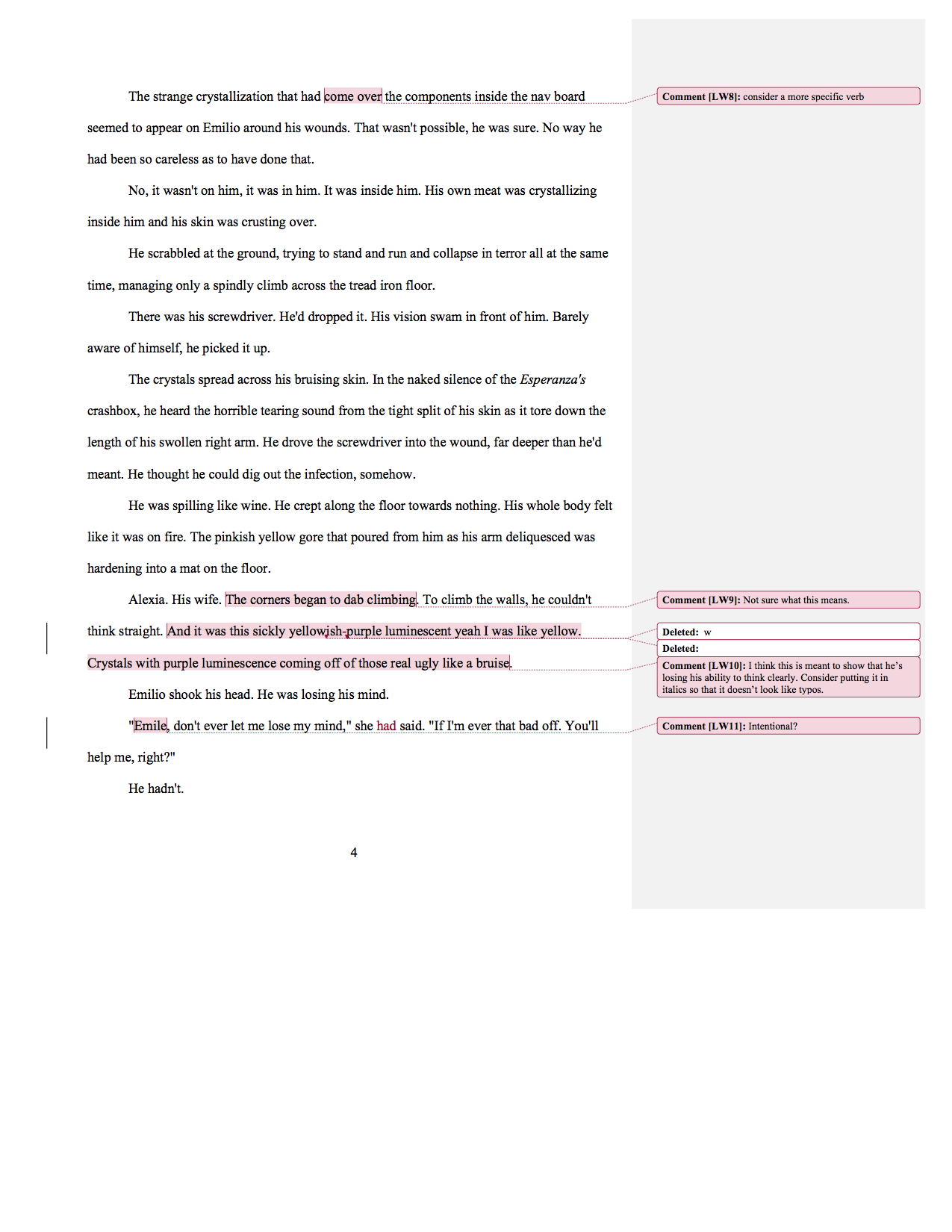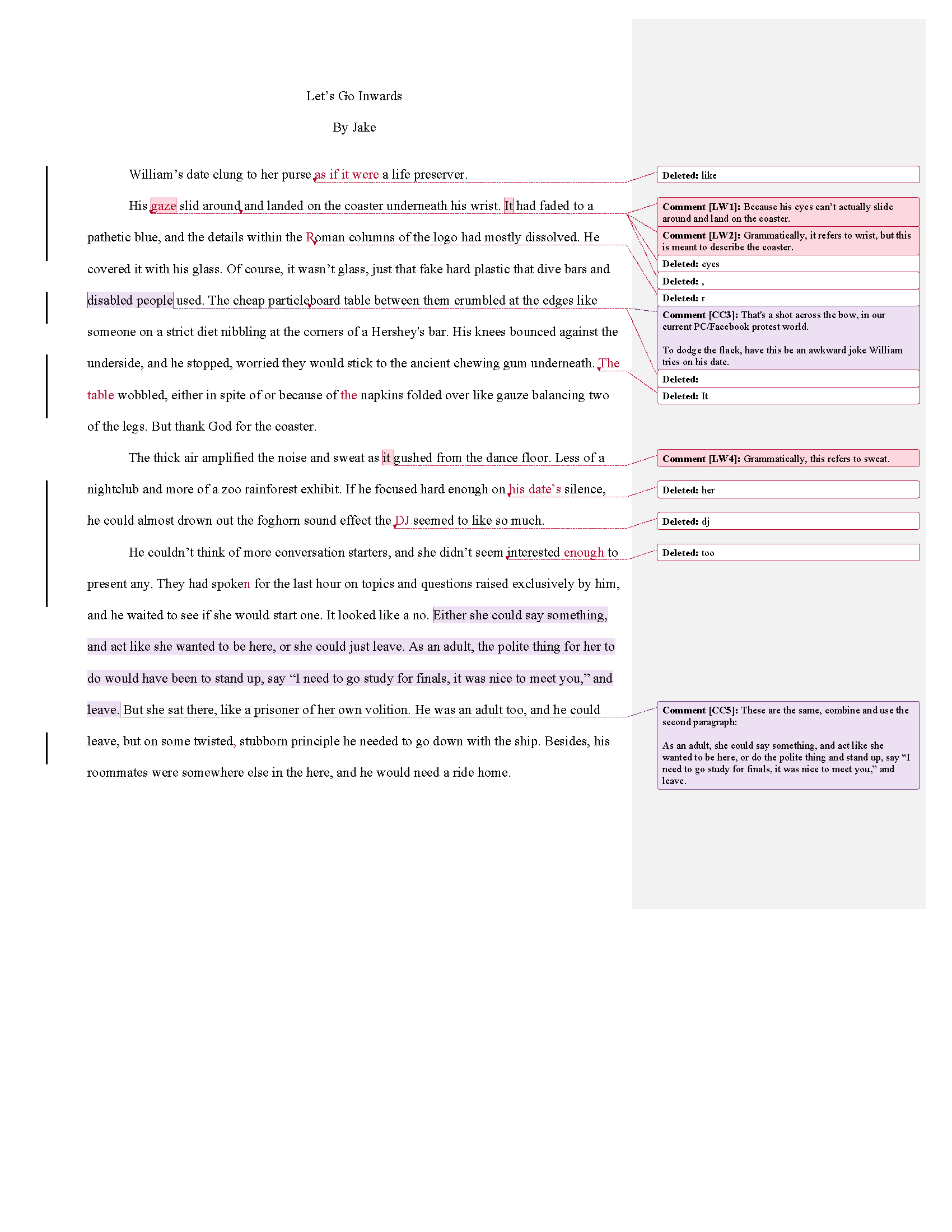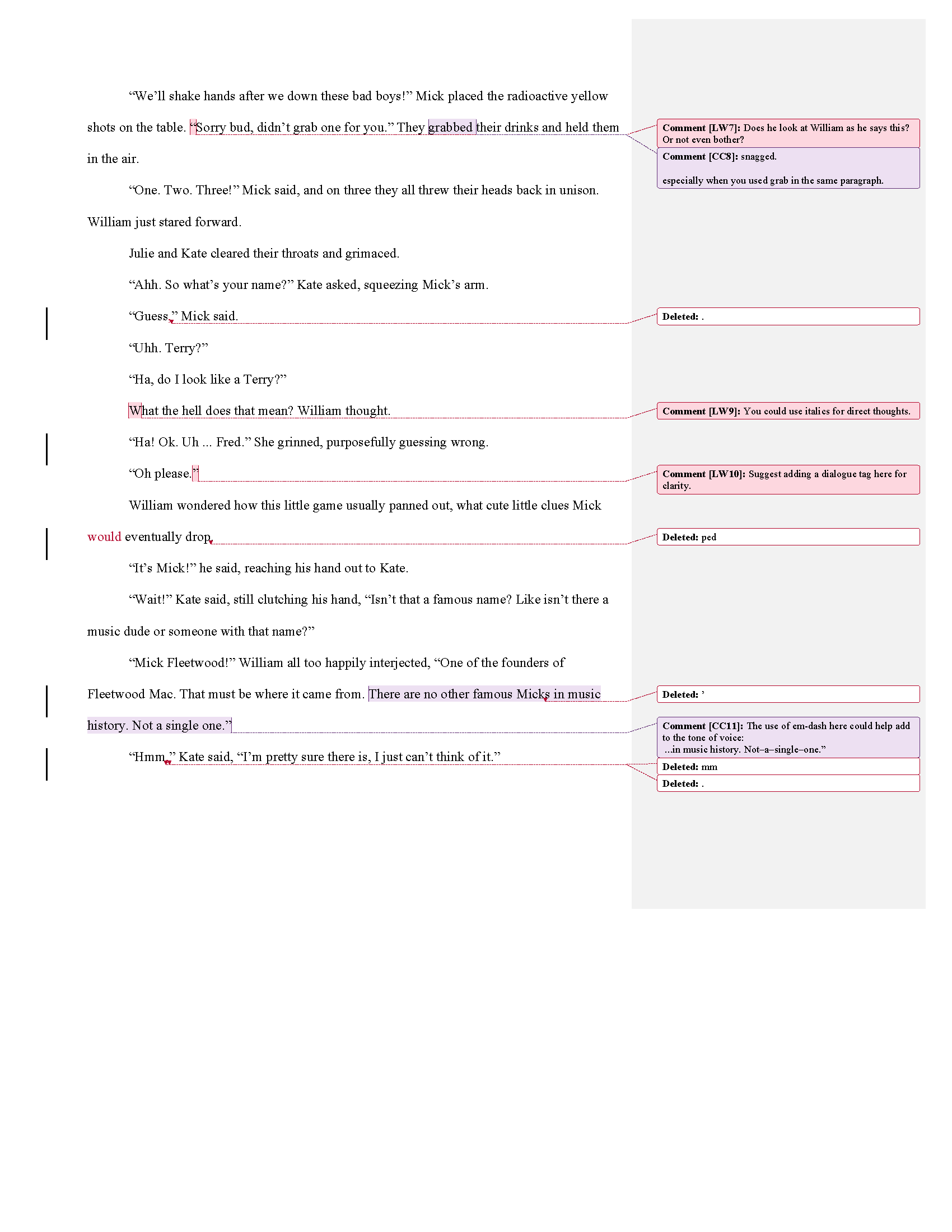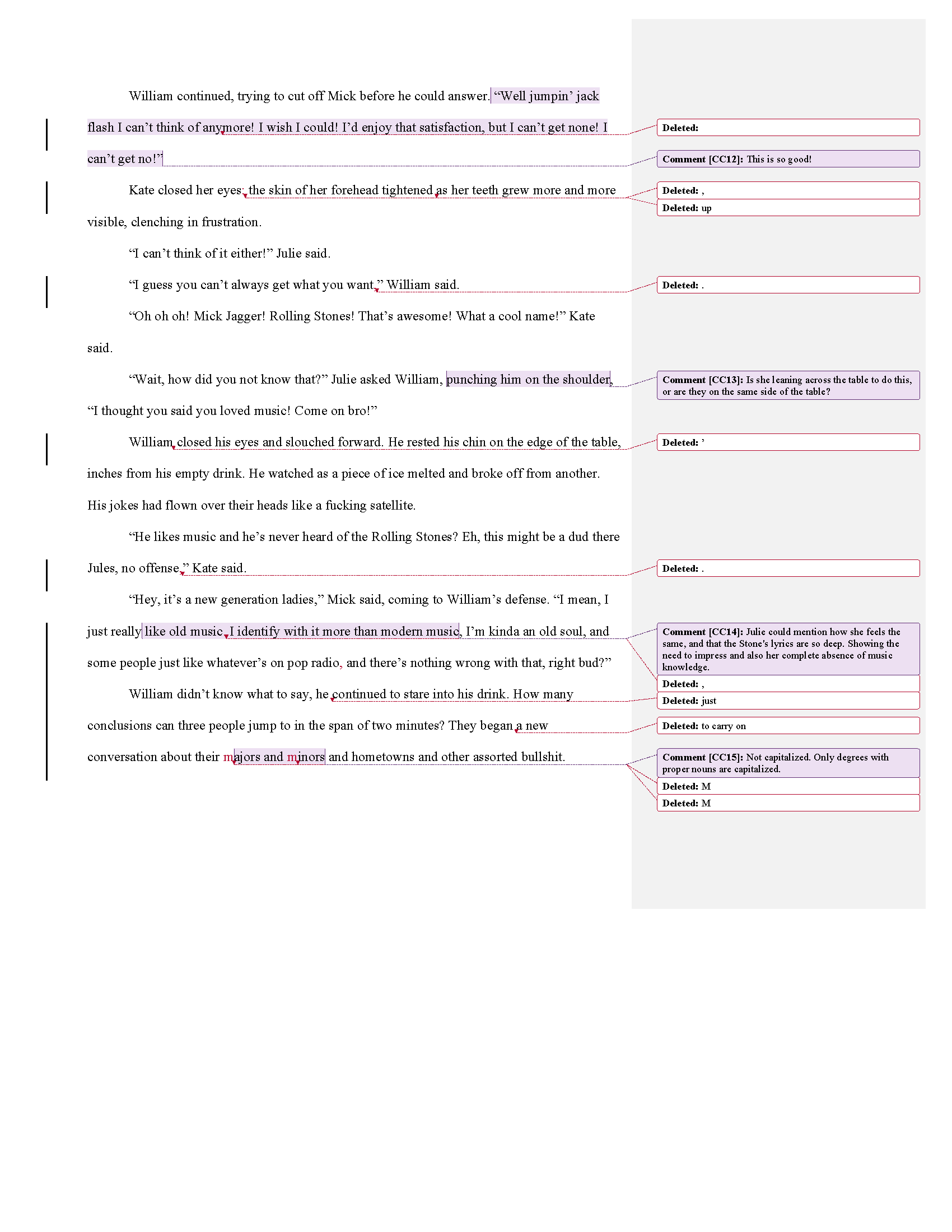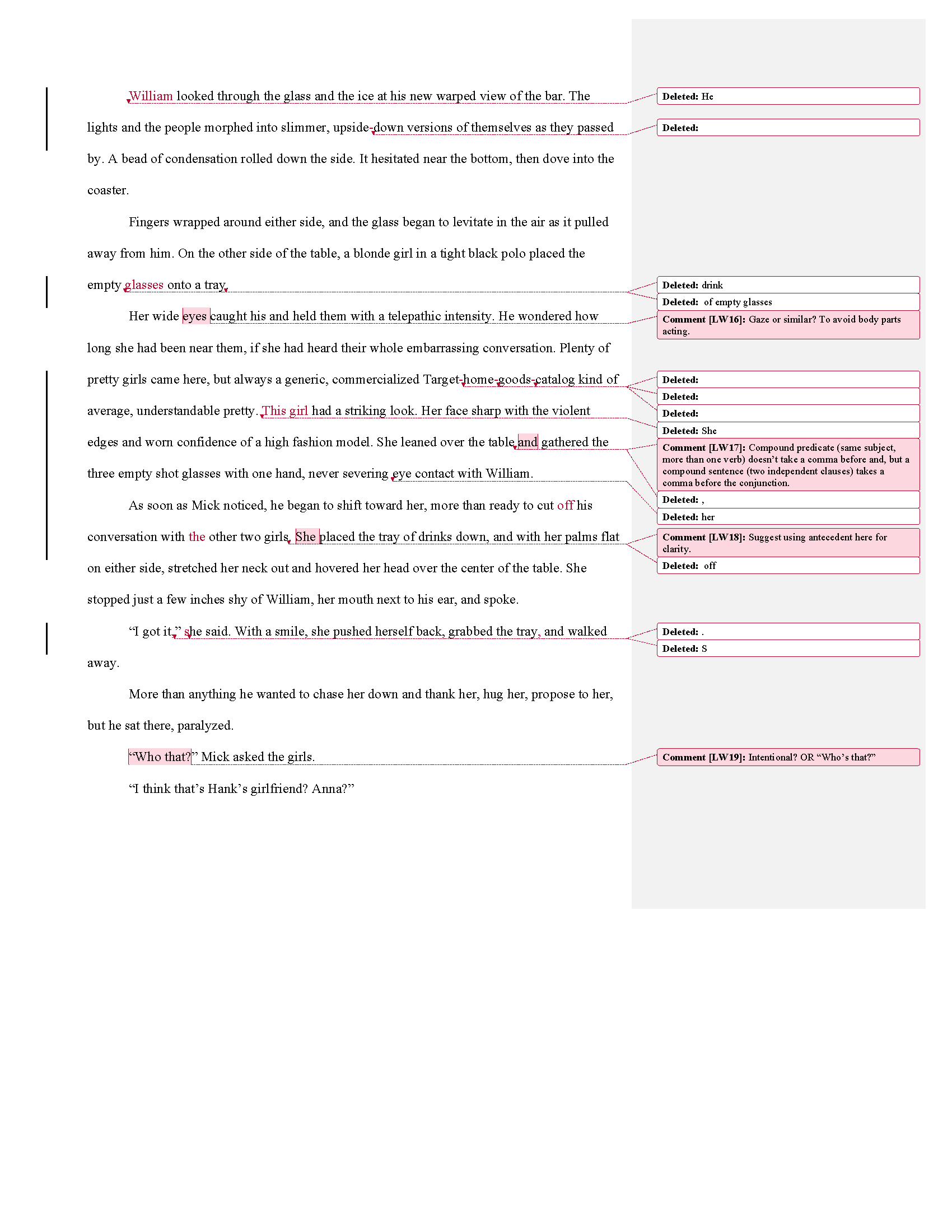What are crisis questions? Why do our stories and scenes need them? In this episode, Leslie discusses the dilemmas your characters face on the way to resolutions so you can write stronger scenes and stories.
Ep. 124: Your Character’s Internal Journey
Ep. 122: Does Your Scene Contain Conflict?
Ep. 108: Narrative Drive—Compelling Your Reader to Turn the Page
In this episode, fiction editors Leslie Watts and Anne Hawley critique the first chapter of Esperanza, a science fiction horror novel by Mike Ward. They discuss narrative drive.
Different people use the term “narrative drive” to mean different things. What we discuss here is the amount of information the reader possesses relative to the character. The reader can have more, less, or the same information the characters in the scene have.
In the opening scene of our submission today, the author gives the reader a key piece of information that the character doesn’t have, and it changes the way we experience the scene and the question that compels us to find out what happens next.
Listen to the Writership Podcast
This week's submission contains mild language and a gory injury.
ABOUT OUR GUEST HOST
Clark is away for a couple of weeks, but our friend and fellow editor, Anne, has graciously agreed to jump in and help out. You may remember Anne from episode 106.
After a career in public service during which she wrote fiction to stay sane, Anne Hawley has turned her talents to writing professionally.
As a founding member of the Super Hardcore Editing Group and a graduate of Shawn Coyne’s Story Grid Workshop, she writes and edits from her small house in Portland, Oregon. When she leaves the house it’s usually on her Dutch bike, Eleanor.
Her forthcoming novel, Restraint, is a sweeping historical love story about a gifted and sexually repressed artist in Regency London. Under the dangerous gaze of high society, he must deny his attraction to the young nobleman who has hired him to paint his portrait, or else risk his livelihood and his reputation by giving in to his secret desires. It's Pride and Prejudice meets Brokeback Mountain in a bittersweet story of two men who fall in love in a time and place where homosexuality is still a capital offense.
Wise Words on Narrative Drive
“Narrative drive is that quality that keeps readers riveted. It is the lightening in a bottle that creates great fortunes. If your work has none … fuhgetaboutit.”
Editorial Mission—Check for Narrative Drive
Take a slow scene in your story, and look for places where you can reveal more, less, the same information as the character to pull the reader forward. Get feedback from beta readers or notice yourself that a scene is slow, not pulling the reader forward.
Editing Advice to Our Author
Dear Mike,
Thank you for your submission. Anne and I both appreciated the way you opened your story. You've done a great job of setting up reader expectations for a horror story. It’s clear right away that we aren’t in a thriller or plain action story because of the circumstances of Emilio’s death—they certainly qualify as horrifying—and his final cogent thoughts are of failing his beloved wife, which for him seems like a fate worse than death.
One of the things we most appreciated about the story was your use of narrative drive. People sometimes use the term to describe different things, but what we mean is what the reader knows relative to what the POV character(s) know. We have three options in this respect: the reader can know less than (mystery), the same as (suspense), or more than (dramatic irony) the POV character in a scene (We’ve used the terms that editor Shawn Coyne uses, but other people describe them with different terms). Authors tend to employ mystery and suspense more often than dramatic irony, so it was exciting to see it employed to great effect in your opening.
Why does this matter so much? One of the reasons a reader continues to read a story is to answer a question raised by the events of the story. The narrative drive technique affects the question(s) the reader asks and therefore the answer(s) they seek.
When you said, “Death, when it came for him, was swift but unmerciful,” you let us know that the question is not if Emilio will die, but when and under what circumstances, and perhaps even why. We might also wonder how unmerciful it will be and how Emilio will meet his death. It’s a completely different inquiry and as readers, we view what happens and the information revealed in a different light and have a different emotional reaction when he dies. This question compels us to keep reading through end of the scene.
We also know that this horrifying spider has laid eggs in the ship thought to be the United Earth Confederate Colonies’ last hope. This question compels us to read further.
The other types of narrative drive are operating in this scene as well. Mysteries include Emilio’s understanding of the political climate and who the major players are. He also knows what happened to his wife and how she lost her mind. As for suspense, we know about the sting as it comes and its effect on Emilio when he does. But the big questions that will cause us to turn the page are most likely those that come as a result of what we know that he does not.
Thanks again for your submission!
All the best,
Leslie
Line Edits for Our Sci-Fi Horror Story
Image courtesy of egal/bigstockphoto.com.
Ep. 99: Have You Revealed Your Character's Essence?
In this episode, Leslie and Clark critique the first chapter of Let’s Go Inwards, a science fiction novel by Jake. They discuss revealing character. Unlike screenwriters, we can’t rely on actors to show the audience who our characters are. But we have access to and can expose our characters’ thoughts and motivations in other ways. This episode also includes suggestions for word choice and figurative language.
Listen to the Writership Podcast
There is some adult language in this episode.
Wise Words on Creating memorable Characters
“The creation of character presents special problems for writers of fiction. The playwright or screenwriter can hope for arresting actors whose appearance, presence, mannerisms, and delivery will create memorable characters. As a writer you have only your words on the page. You cannot even rely on illustration, as nineteenth-century writers often did. At the same time, there’s nothing more important to your fiction than your characters.”
Send Us Your Questions!
Click here to submit your questions on writing and editing, for Leslie and Clark to answer in the 100th episode.
Editorial Mission—Revealing Character
When you revise your scenes look for the ways you have revealed character. Look at their actions, what they say, what they think, how they react to people and the setting, how people react to them. Be sure that you’ve revealed your characters’ essence rather than presented what they look like, which though important, is only one way to reveal character.
Editing Advice to Our Author
Dear Jake,
Thank you for your submission!
One of the main jobs of a story’s opening is to help the reader get to know the main characters. You’ve done a nice job of revealing who William is through a variety of means, including his thoughts, other people’s reactions to him, the things he notices, and his action (or lack of it since he doesn’t act on the urge to follow the bartender right away). He’s clever, opinionated, and out of his element. We get a clear picture of Julie, Kate, and Mick through William’s eyes as well in what he notices about what they do and say.
The transition to the bathroom at the end of the submission tripped us up a little. Since there isn’t a big break in time or place, we’re not sure you need the asterisks.
We suggest being mindful of metaphors and similes. Everything you included in this excerpt is great, but there are so many of them that they lose their power. As hard as it is to choose, consider which one is your favorite for this opening and save the others for another time.
Some picky stuff:
Watch for pronoun antecedents so that grammatically you are referring to what you mean to. For example, in the second sentence that follows, it refers to his wrist, the closest singular noun to the pronoun.
We found some misplaced modifiers, descriptive phrases that are far away from what they modify, so that they seem to illuminate something else.
Compound predicates (e.g., I swept and mopped the deck) don’t take a comma before the and, but compound sentences (e.g., I’ll sweep the deck, and you can mop it) generally do take a comma before and.
As you revise, be mindful of dialogue punctuation. Here’s Writership’s guide to help you with this.
Thank you for trusting us with your words!
All the best,
Leslie & Clark
Line Edits for Our Science fiction Story
Image courtesy of PHOTOCREO Michal Bednarek/bigstockphoto.com.


